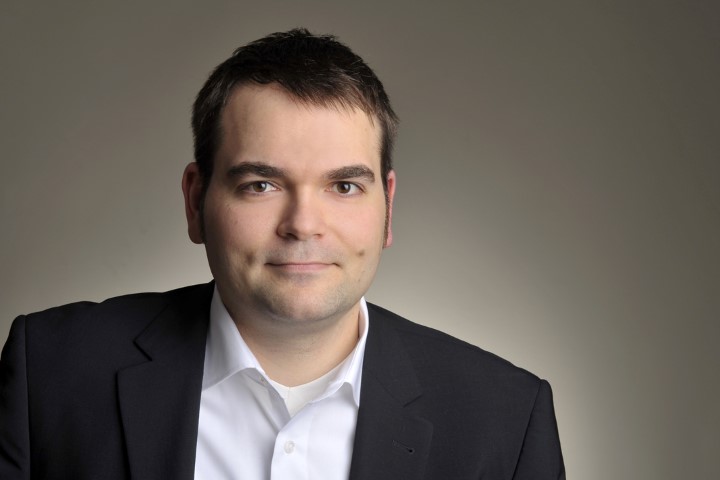Modeling and Control of Heterogeneous Hierarchical Communication Systems
General Topic |
|---|
| Due to the rapid development in the field of wireless network technologies today it is very common that different radio access technologies (RAT) coexist at the same time and the same location. Mobile devices are often able to make use of these RAT. Due to this coexistence of wireless networks based on various RAT the problem of an optimal common management of the network resources emerges. Different terms like common, joint, multi standard radio resource management (CRRM, JRRM, MxRRM) or always best connected networks are used to denote this topic. The main aim is to increase the users’ perceived QoS and to decrease installation, operation and maintenance costs of the wireless networks. Several different types of user equipment (UE) exist with unique properties (e.g. supported RAT). At the position of each user equipment multiple radio access systems (RAS) based on different RAT are available. A RAS can be a satellite in case of a wireless global area network (WGAN), a cell layer in case of a cellular wireless wide area network (WWAN) system like UMTS, or even a single cell in case of a wireless local area network (WLAN) system or other UE in case of wireless personal area networks (WPAN). Each RAS has unique quality of service capabilities and specific coverage areas. In addition to that each user has unique mobility and service demand patterns. The goal of CRRM is to find an optimal assignment of service connections to the available radio access systems considering the specific advantages and the utilization of each system as well as the properties of the user equipment. The state of the influencing factors changes over time with a varying speed of change. The quality of the solution for CRRM is therefore highly dependent on the age of the used system state information with respect to the speed of the system state changes. A CRRM system needs information about the state of the controlled system. Thus measurements are needed to get this information. Reaching the described goal of CRRM is a complex task due to the dynamics in the system and the many influencing factors as well as interdependencies. |
Company |
|---|
| Between April 2004 and August 2011 I worked as a research assistant in the research group “Systems Modelling” of the faculty of Economics and Business Administration at the University of Duisburg-Essen. The research field of our research group included modeling and performance evaluation of computer- and communication systems. Techniques used were stochastic Petri-nets, Markov chains, queuing networks and discrete event simulation. My research interests included Common Radio Resource Management (CRRM), stability analysis of communication networks and since the year 2010 optimization problems in smart grid infrastructures. My work at the university was connected to a PhD. thesis that has been supervised by Prof. Dr. Bruno Müller-Clostermann. |
Task |
|---|
| At the beginning of my work for the “Systems Modelling” research group I looked at the applicability of control theory methods for stabilizing network protocols. The results showed that applications are possible and the need for a proper simulation framework for analyzing transient and stationary behavior in multiple heterogeneous scenarios with a low computational effort became obvious. For achieving this aim the fundamental structure of heterogeneous radio networks and multi-criteria optimization problems and additionally various modeling and simulation techniques had to be investigated. Please see this link for information about additional research projects. Please see this link for information about my other responsibilities in the research group. |
Gained Experience |
|---|
| I have gained a comprehensive overview on CRRM approaches and multi-criteria optimization methods for heterogeneous environments. I have investigated approaches based on Fuzzy-Neuro methods, multiple knapsack algorithms, game theory and policy based heuristic methods. The developed hybrid simulation model has led to a profound knowledge in queuing models and analytical models for radio resources and service connections. Additionally I have experience in the application of fluid models and control theory for solving network stability problems. I used OMNeT++ for the implementation of the hybrid modeling framework, and thereby I have gained comprehensive knowledge in C++ programming and discrete event simulation methods. The need for a fast and thorough evaluation of multiple scenarios resulted in the creation of a Bash/SSH/AWK script framework for the automated parallel repetition and evaluation of OMNeT++ based simulations on multiple workstations. In conjunction with the development of the script framework I also gathered experience in working with the Amazon Elastic Compute Cloud and the Nagios network monitoring tool. In the publications section you can find examples of my published theses, papers, posters and presentations. If you are interested in CRRM please see this invited presentation for the International Graduate School on Mobile Communications in Ilmenau. If you are interested in fluid models and control theory, please see this research group presentation. Some interesting information regarding the developed hybrid simulation framework can be found in this presentation of my dissertation project. Please see this link for legal notices. |
